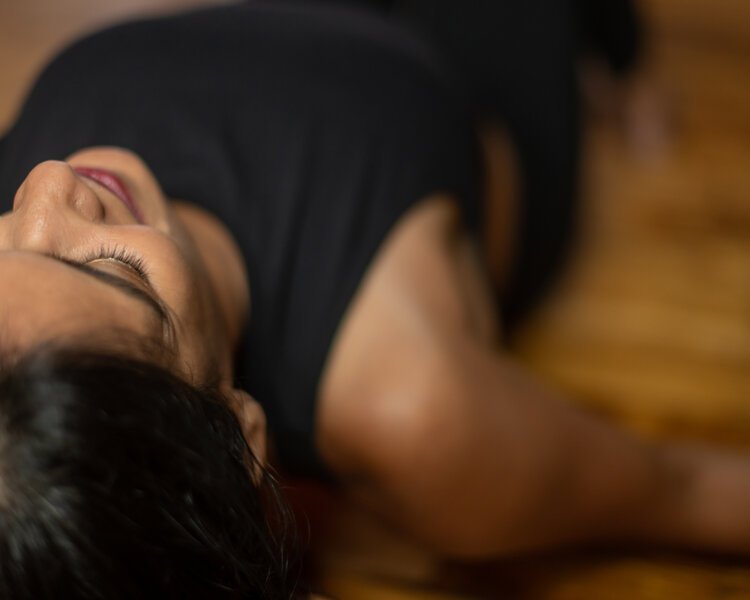Be in Touch with Yoga by Sabbi Lall
Every square centimeter of your skin contains hundred of molecules that sense the outside world: they detect pressure, temperature, touch, and importantly, pain. Activate these, and they can trigger rapid reactions and emotion: think moving your hand away quickly from a hot pan. Your body knows when something doesn’t feel right, and it can make that decision in a split second. Is it any wonder that the touch of another person can sometimes feel warm, comforting, supportive, but sometimes overwhelming, or even repulsive? Touch is a complex topic, yoga assists can land badly, or worse, violate a central principle of yoga, ahimsa (non-harming). But there are also some truly brilliant hands on teachers and assistants out there that can take your practice to the next level, and it’s important to keep that in mind, while finding ways to prevent transgressions from occurring.
Down Under initiated a discussion about touch and power: I applaud this given my journey. In my first ever yoga class (not at Down Under), I raised my hand to say I was a new student. During Savasana, the teacher started stroking my hair and cheeks. It felt creepy. At best, this assist landed badly, and years later, my muscles tense if some tries a hands-on assist in Savasana. The body remembers, and I can’t even imagine what it must be like for students who’ve been through worse. But even in the absence of overt harm, receiving assists can be hard. As a starting student, I was convinced that downward dog assists were calling out my inflexibility. One teacher pulled my heels down in downward dog telling me (loudly, so the whole class could hear) that I should be able to touch the mat with my heels as I was warmed up. I pleaded, almost in tears, that I knew that I couldn’t. I wanted to curl up and hide, I was so embarrassed.
Recounting this, I wonder, how did I ever get to a place where I now value assists, and even look forward to them? The number one factor is that I try to go to classes where I know and trust the teachers and assistants, and they know me. One brilliant assistant knows that I sometimes don’t lift as much I could and gently suggests I go further. Another has years of Ashtanga yoga under her belt and understands every pose at a level so high that her touch transmits a trove of information. The assistants I’m thinking of have been through advanced teacher trainings, but they enjoy assisting in addition to, or more than, teaching. Good assistants can be the heroes of the yoga room, and I can attest that at this studio, they understand the asana practice deeply and fully.
But, you don’t always instantly bond with a stranger through a few sentences, and touch is really no different. If hands on assists are something that you want as part of your practice, I’ve found that it helps to consistently attend a class with an assistant that you like, and that can get to know you.
And if that sounds terrible, then that’s OK too! I wish I could go back in time, and tell Sabbi to raise a hand to say she didn’t feel like assists today. To quote Judith Hanson Lasater, “Trust yourself first”. Yes, trust yourself first. If something doesn’t feel right, it’s not because you are wrong. It’s because you are exquisite, and every square centimeter of your body is highly sensitive and tuned into what is happening in your environment. Ask yourself, will assists be helpful on a given day? Or will your practice benefit more from working on your own with the teacher’s verbal instructions? In fact, perhaps foregoing assists now and again, even if you like them, and working internally is an important step toward developing a rigorous personal practice. Be in touch, choose the option that works for your practice, in each moment, in your space, and on your mat.


